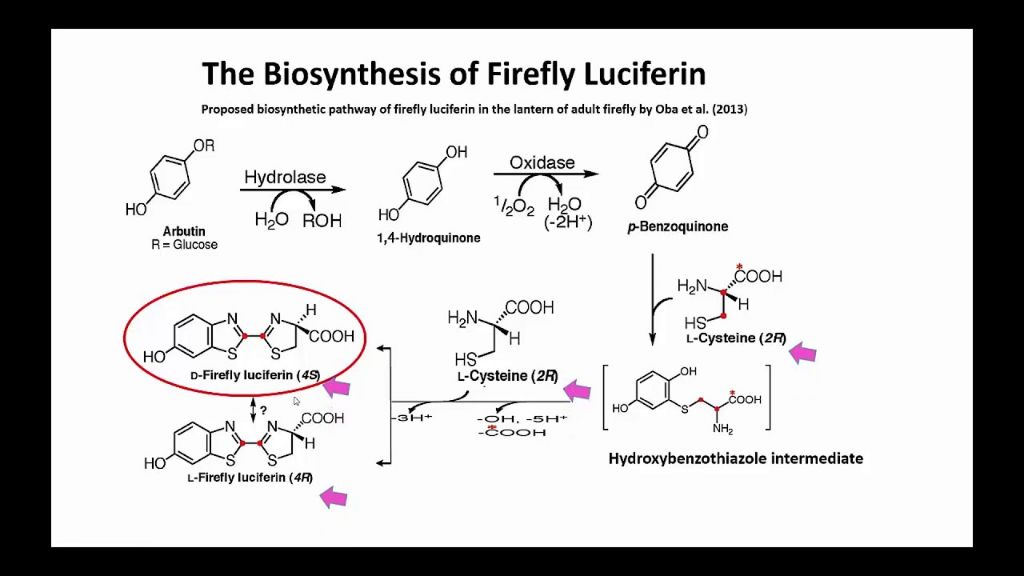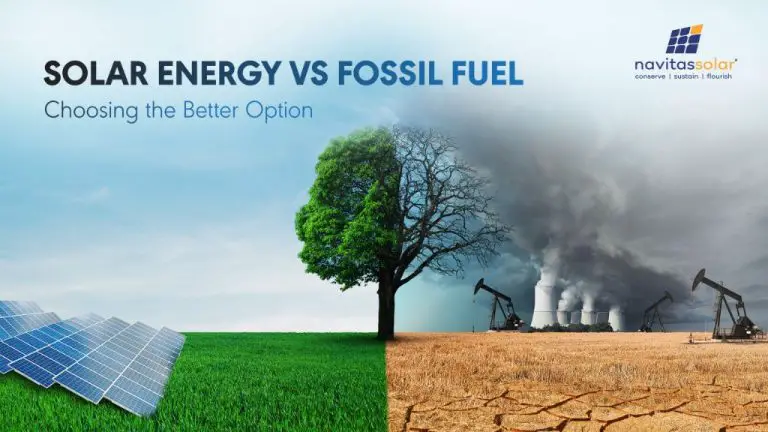Can Heat And Light Produce?
Heat and light are forms of energy that are essential for life on Earth. This article will explore the fascinating question of whether heat and light can actually produce life. We will examine evidence from biology, chemistry, and physics to gain insight into this complex topic.
The goal is to provide an in-depth look at how heat and light interact with organic matter and animate systems. Do these ubiquitous energies simply sustain existing lifeforms, or can they spark the genesis of life under the right conditions? By reviewing key scientific principles and research, we hope to shed light on this captivating issue.
Photosynthesis
Photosynthesis is the process that plants and certain other organisms use to convert light energy into chemical energy that can later be released to fuel the organisms’ activities. This chemical energy is stored in carbohydrate molecules, such as sugars, which are synthesized from carbon dioxide and water using light energy.
The overall chemical reaction for photosynthesis is:
6CO2 + 6H2O + Light Energy → C6H12O6 + 6O2
Carbon dioxide (CO2) and water (H2O) are used to produce glucose (C6H12O6) and oxygen (O2). The glucose is used by the organism as an energy source, while the oxygen is released as a waste product.
The photosynthesis process consists of two stages:
1. Light-dependent reactions – These reactions take place on the thylakoid membranes within the chloroplasts of plant cells. Light energy is absorbed by chlorophyll and converted into chemical energy in the form of ATP and the electron carrier molecule NADPH.
2. Light-independent reactions (Calvin Cycle) – The Calvin cycle reactions take place in the stroma of the chloroplast and utilize the energy stored in ATP and NADPH to fix CO2 into glucose.
Therefore, photosynthesis converts light energy from the sun into chemical energy that can be used by plants, algae and certain bacteria to fuel their life processes. The byproduct of photosynthesis, oxygen, provides most of the atmospheric oxygen that animals require for cellular respiration.
Thermophiles
Thermophiles are organisms that thrive in extremely hot environments that are too extreme for most lifeforms. These extremophile organisms have evolved special adaptations that allow them to survive and even harness the energy from geothermal heat sources such as hydrothermal vents on the ocean floor or hot springs.
Thermophiles synthesize organic compounds using the geothermal heat through a process called chemosynthesis. The extreme heat provides the energy needed to power chemical reactions. For example, some thermophilic microbes can use hydrogen sulfide from the hydrothermal vents to produce organic matter and support an entire ecosystem at the bottom of the ocean.
While most life on Earth requires moderate temperatures, thermophiles flourish in environments reaching over 80°C and as high as 122°C in some hydrothermal vents. Their heat-stable enzymes and structural adaptations allow them to carry out metabolism and reproduce even in boiling hot conditions hostile to other lifeforms.
Abiogenesis
Abiogenesis refers to the natural process by which life arose from non-living matter, such as simple organic compounds. The prevailing scientific hypothesis is that during the early history of Earth, the conditions were suitable for complex organic molecules to form through natural chemical reactions. These organic compounds accumulated and developed into self-replicating molecules that eventually led to the first living organisms.
One notable experiment that simulated hypothetical early Earth conditions was conducted in 1953 by Stanley Miller and Harold Urey. They combined water, methane, ammonia and hydrogen in a sterile flask with electrodes to simulate lightning strikes. After a week, amino acids, the building blocks of proteins, were produced. This demonstrated that organic compounds could arise naturally under the atmospheric conditions believed to be present on early Earth. While the Miller-Urey experiment shed light on abiogenesis, scientists continue to study and debate the origins of life on Earth.
Bioluminescence
Bioluminescence is the production and emission of light by living organisms. It is a form of chemiluminescence where energy is released by a chemical reaction and converted into light emission. Some well-known examples of bioluminescent organisms include fireflies, glow worms, deep sea creatures, and certain species of fungi, bacteria, fish, and plankton.

In fireflies, bioluminescence is used for courtship and mating signals. The light is produced by a chemical reaction between luciferin and the enzyme luciferase in specialized light-emitting organs in the abdomen. The firefly can control the on-off switch for the light. Female glow worms also use bioluminescence to attract mates.
Deep sea creatures like anglerfish use bioluminescence for hunting, attraction, and communication in the dark environment of the ocean depths. Light is produced by luminous bacteria that live symbiotically inside the fish. Other deep sea animals like jellyfish may have luminescent molecules intrinsic to their body. Bioluminescence helps these creatures survive in an extreme environment without sunlight.
Overall, bioluminescence provides fascinating examples of light generation from biological systems. The light originates from chemical reactions within an organism’s cells, showing that living things can produce their own energy in the form of light.
Fireflies
Fireflies, also called lightning bugs, are among the most well-known examples of bioluminescent creatures. The special cells in their abdomens produce a chemical reaction that emits light, a process called bioluminescence. Fireflies use this ability in unique ways to communicate and attract mates.
Male fireflies fly around flashing distinct light patterns to signal their availability to females. Each firefly species has its own specific flashing pattern and mating rituals. Females perch on vegetation and respond with a flash if they spot a male of the same species. The male and female then communicate via a flash dialogue until they meet.
The flashing light patterns help fireflies identify their own species and avoid wasted effort pursuing mates of the wrong species. The brightness and timing of the flashes also indicates the fitness of potential mates. Females respond most strongly to males that can produce longer, brighter flashes. This bioluminescent courtship ritual allows fireflies to efficiently find the best mates.
Deep Sea Creatures
The deep sea is a fascinating environment that remains largely unexplored by humans. Yet it is home to a stunning array of creatures that have evolved amazing adaptations to life in the darkness. One of the most astounding is bioluminescence, or the ability to produce light.
There are numerous deep sea animals that can glow, helping them with critical functions like attracting mates, luring prey, and evading predators. Some of the most brilliant light emitters include:
- Anglerfish – These predatory fish have a modified fin that sticks out like a fishing pole, with a bioluminescent lure at the tip to attract prey.
- Viperfish – With huge mouths lined with fangs, viperfish use a bioluminescent “fishing lure” to attract prey in the dark depths.
- Lanternfish – There are over 250 species of lanternfish that inhabit the twilight zone of the deep sea. Most have bioluminescent photophores (light producing organs) along their bellies.
- Hatchetfish – These small deep sea fish have bioluminescent photophores along their bellies that help counter-illuminate their silhouette from below to avoid predation.
- Dragonfish – Strange-looking with large mouths and sharp fangs, dragonfish have bioluminescent barbels and antennae to help attract prey.
The bioluminescence of deep sea creatures not only helps them survive, but transforms the darkness of the deep into a magical light show.
Industrial Applications
Light and heat are commonly used in industrial settings to drive chemical reactions and produce materials on a large scale. Some examples include:
Photocatalysis: Titanium dioxide nanoparticles are activated by ultraviolet light to serve as catalysts for chemical reactions. This allows the production of self-cleaning surfaces and air and water purification systems.
Solar thermal processes: Concentrated solar thermal energy is used to provide process heat for chemical reactions and material production in the chemical, mining, and materials industries.
Incineration: The burning of waste converts organic materials into heat, light, and less toxic byproducts through combustion. Incineration of medical and municipal waste is an important waste management technology.
Polymer production: Some plastics and synthetic rubbers rely on light or heat initiated polymerization reactions to form long polymer chains from monomers. These photopolymerization and thermopolymerization techniques are efficient industrial processes.
Food processing: Thermal and photonic food processing techniques like canning, pasteurization, sterilization, and solar drying leverage heat and light to preserve foods and ensure safe products.
Conclusion
In summary, we’ve seen that heat and light can play critical roles in metabolic and life-generating processes in a variety of contexts. Through the process of photosynthesis, plants are able to convert light energy from the sun into chemical energy that fuels growth and reproduction. Thermophilic organisms thrive in extremely hot environments, using heat to power their metabolisms. Experiments simulating the conditions of early Earth suggest heat and UV light may have contributed to the origins of life through abiogenesis. Bioluminescent organisms like fireflies and deep sea creatures use chemical reactions involving luciferin to produce light through their metabolism. The ability of heat and light to drive these vital processes has also led to applications like artificial photosynthesis and bioluminescent tagging in industry and research. Together, these examples demonstrate that under the right conditions, these two environmental factors can provide the spark for life itself.
Further Reading
For readers interested in learning more about how heat and light can produce life, here are some suggested sources for additional information:
- “On the Origins of Life: Physico-Chemical Mechanisms of Protocell Formation and Early Evolution” – Research exploring abiogenesis through self-organization and emergence.
- “Thermophilic and hyperthermophilic microorganisms” – Review of thermophiles and their unique biology.
- “Bioluminescence in Action” – Overview of bioluminescent organisms and the chemistry behind their light production.
- Encyclopedia entry providing a broad introduction to bioluminescence.
- “Biology of Bioluminescence” – In-depth academic review of bioluminescence across organisms.






